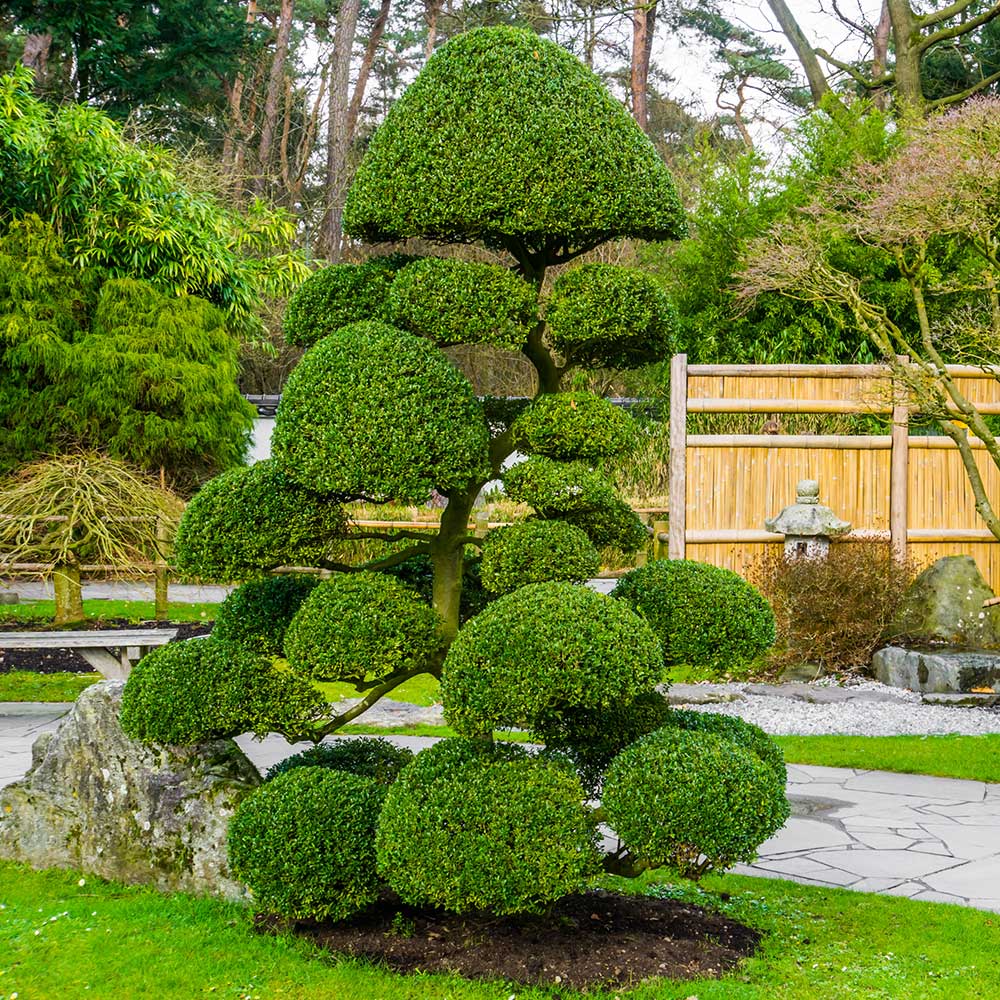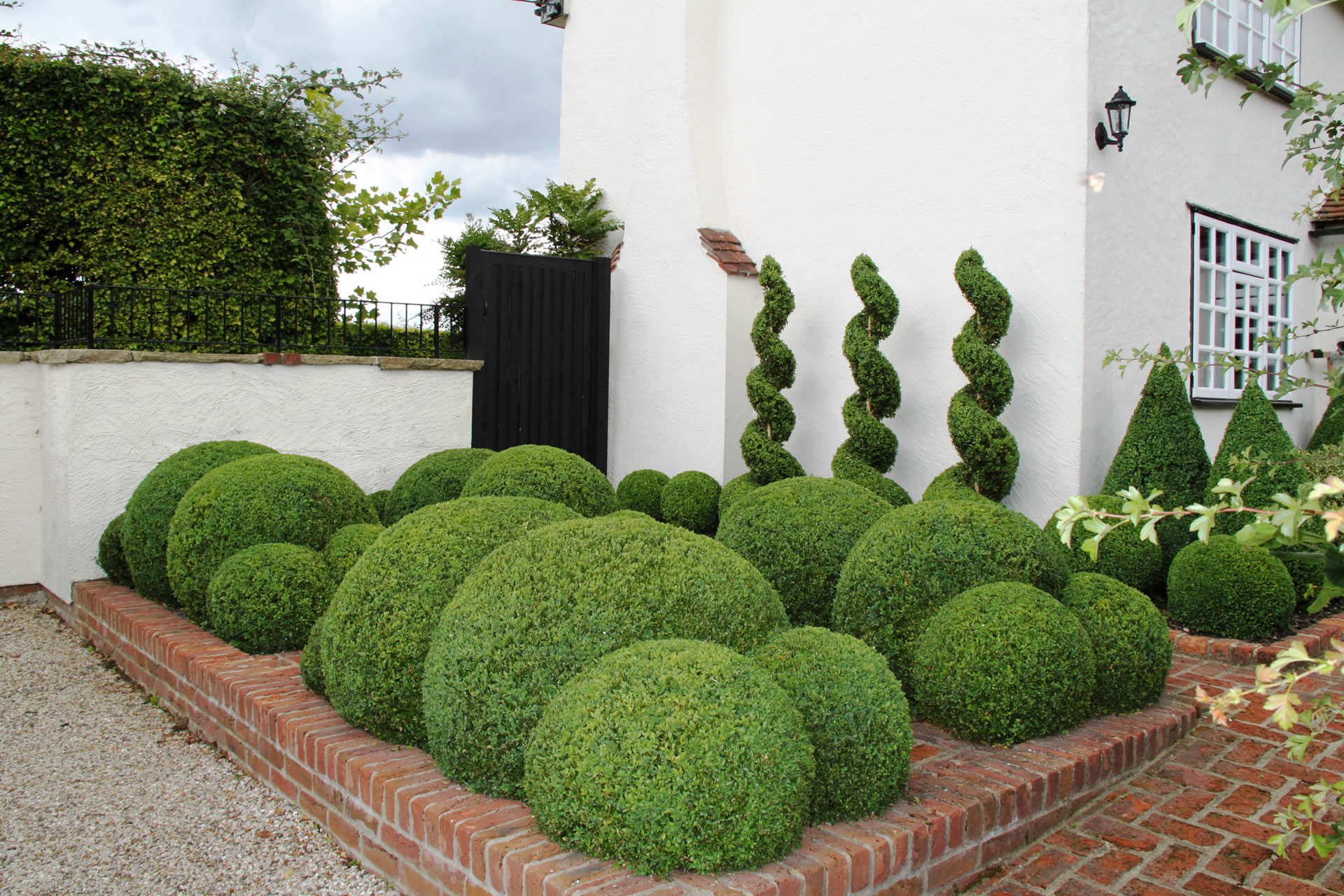Topiary is the art of shaping live plants, typically trees and shrubs, into decorative shapes, often geometrical or representational forms such as animals or figures. The practice of topiary has been around since ancient times and was especially popular in Roman gardens, but it became a particularly prominent feature of formal European gardens in the 16th and 17th centuries. Today, topiary remains a popular form of garden art and is practiced all over the world.
To create topiary, plants are trained and pruned over a period of years to achieve the desired shape. This can involve selectively removing branches and leaves, using frames or wire to guide growth, and regular trimming to maintain the shape. The plants used in topiary are typically slow-growing, evergreen species such as boxwood, yew, and holly, although some deciduous species can also be used.

There are many different styles of topiary, from the classic geometric shapes of Renaissance gardens to more abstract and artistic forms seen in contemporary designs. Topiary can be used to create a focal point in a garden or to define a pathway or entrance. It can also be used to add a touch of whimsy or humor to a landscape design.
In addition to its aesthetic appeal, topiary has some practical benefits as well. It can be used to create living fences or barriers, and it can also help control erosion on steep slopes. Topiary can be challenging and time-consuming to create and maintain, but the results can be truly spectacular, transforming even the most ordinary garden into a work of art.
